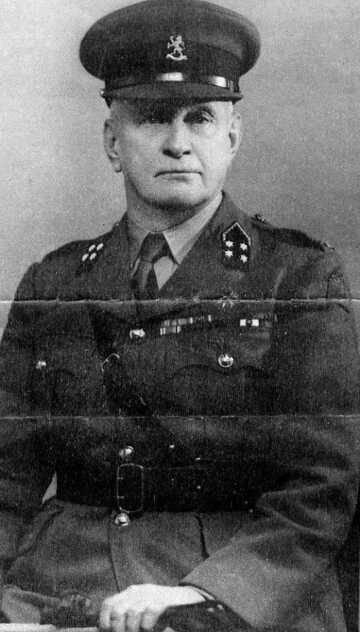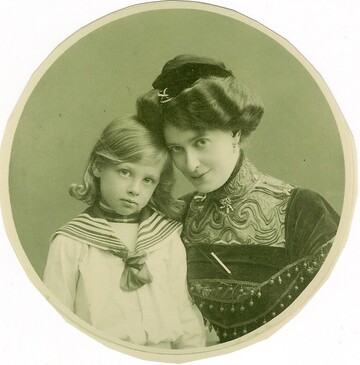Database Schaap » Dirk Ferrand Whaley Hudig (1943-)
Personal data Dirk Ferrand Whaley Hudig
- He was born on July 9, 1943.
- A child of Dirk Reijnout Hudig and Elisabeth Agnes van Goor
- This information was last updated on June 18, 2014.
The author of this publication has the consent of the person concerned (if still alive) for the publication of the data.
Household of Dirk Ferrand Whaley Hudig
He is married to (Not public).
They got married
Child(ren):
- (Not public)
- (Not public)
- (Not public)
Timeline Dirk Ferrand Whaley Hudig
This functionality is only available in Javascript supporting browsers.
Click on the names for more info.
Symbols used:  grandparents
grandparents
 parents
parents
 brothers/sisters
brothers/sisters
 children
children
 grandparents
grandparents
 parents
parents
 brothers/sisters
brothers/sisters
 children
children
The data shown has no sources.
Historical events
Birthday July 9, 1943
- The temperature on July 9, 1943 was between 6.3 °C and 18.1 °C and averaged 13.2 °C. There was 1.0 mm of rain during 1.7 hours. There was 6.2 hours of sunshine (38%). The average windspeed was 3 Bft (moderate breeze) and was prevailing from the west-southwest. Source: KNMI
- Koningin Wilhelmina (Huis van Oranje-Nassau) was from 1890 till 1948 sovereign of the Netherlands (also known as Koninkrijk der Nederlanden)
- In The Netherlands , there was from July 27, 1941 to February 23, 1945 the cabinet Gerbrandy II, with Prof. dr. P.S. Gerbrandy (ARP) as prime minister.
- In the year 1943: Source: Wikipedia
- The Netherlands had about 9.1 million citizens.
- January 15 » The Pentagon is dedicated in Arlington, Virginia.
- January 15 » World War II: The Soviet counter-offensive at Voronezh begins.
- February 14 » World War II: Tunisia Campaign: General Hans-Jürgen von Arnim's Fifth Panzer Army launches a concerted attack against Allied positions in Tunisia.
- May 15 » Joseph Stalin dissolves the Comintern (or Third International).
- August 1 » World War II: Operation Tidal Wave also known as "Black Sunday", was a failed American attempt to destroy Romanian oil fields.
- November 26 » World War II: HMT Rohna is sunk by the Luftwaffe in an air attack in the Mediterranean north of Béjaïa, Algeria.
Same birth/death day
- 1941 » Mac MacLeod, English musician
- 1942 » David Chidgey, Baron Chidgey, English engineer and politician
- 1942 » Richard Roundtree, American actor
- 1943 » John Casper, American colonel, pilot, and astronaut
- 1944 » John Cunniff, American ice hockey player and coach († 2002)
- 1944 » Judith M. Brown, Indian-English historian and academic
About the surname Hudig
- View the information that Genealogie Online has about the surname Hudig.
- Check the information Open Archives has about Hudig.
- Check the Wie (onder)zoekt wie? register to see who is (re)searching Hudig.
The Database Schaap publication was prepared by Leen Schaap.
When copying data from this family tree, please include a reference to the origin:
Leen Schaap, "Database Schaap", database, Genealogy Online (https://www.genealogieonline.nl/database-schaap/I3779.php : accessed December 25, 2025), "Dirk Ferrand Whaley Hudig (1943-)".
Leen Schaap, "Database Schaap", database, Genealogy Online (https://www.genealogieonline.nl/database-schaap/I3779.php : accessed December 25, 2025), "Dirk Ferrand Whaley Hudig (1943-)".

